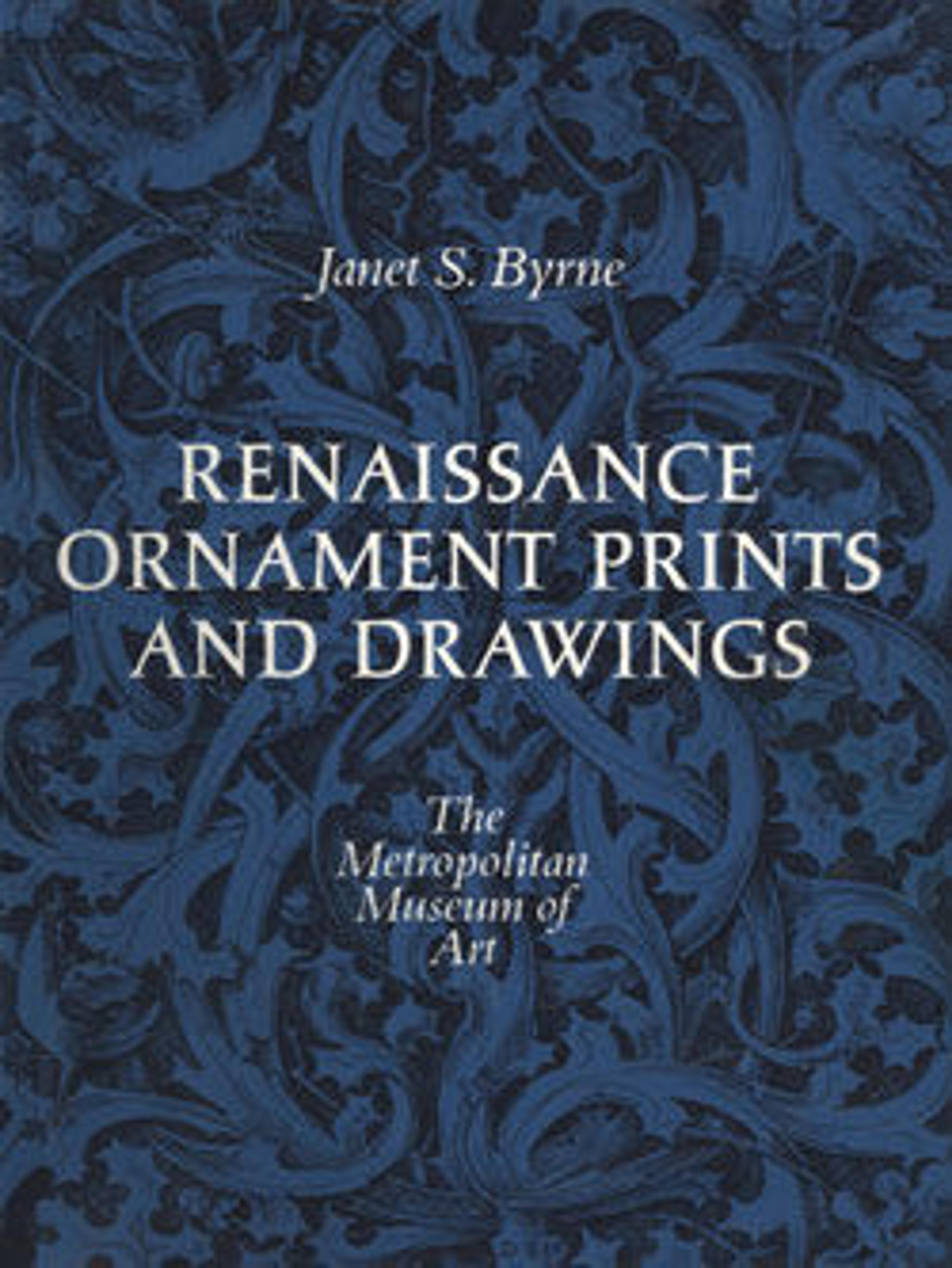Design for a Tabernacle
Having only recently been established as a master in the records of the city of Regensburg, Michael Ostendorfer produced this impressive design for a tabernacle in 1521. It displays the new taste for a more classical, architectural vocabulary inspired by known artworks of the Italian Renaissance. Depicting the Last Supper, the Gathering of the Manna, and the Crucifixion, the iconography of the tabernacle clearly points toward its function as a storehouse for the host (sacramental bread), which was to be placed in the vacant niche below. Although no executed example of this design is known, it has been suggested that it was meant for the Church of the Beautiful Virgin, which was rebuilt in Regensburg about 1521. Ostendorfer himself came up with an inventive design for the building, which was never executed but was recorded by the artist in another large woodcut.
Artwork Details
- Title: Design for a Tabernacle
- Artist: Michael Ostendorfer (German, (?) ca. 1490–1549 Regensburg)
- Date: 1521
- Medium: Woodcut printed from two blocks on two sheets of paper
- Dimensions: Mat: 46 1/16 x 18 11/16 in. (117 x 47.5 cm)
Sheet: 37 x 8 in. (94 x 20.3 cm) - Classifications: Prints, Ornament & Architecture
- Credit Line: The Elisha Whittelsey Collection, The Elisha Whittelsey Fund, 1949
- Object Number: 49.95.71a, b
- Curatorial Department: Drawings and Prints
More Artwork
Research Resources
The Met provides unparalleled resources for research and welcomes an international community of students and scholars. The Met's Open Access API is where creators and researchers can connect to the The Met collection. Open Access data and public domain images are available for unrestricted commercial and noncommercial use without permission or fee.
To request images under copyright and other restrictions, please use this Image Request form.
Feedback
We continue to research and examine historical and cultural context for objects in The Met collection. If you have comments or questions about this object record, please contact us using the form below. The Museum looks forward to receiving your comments.
